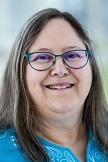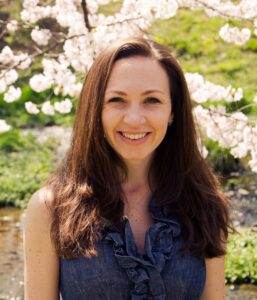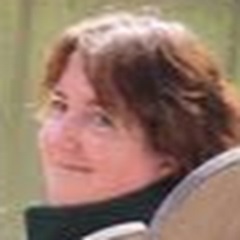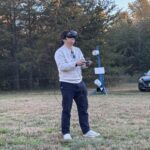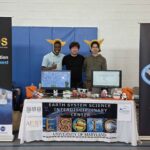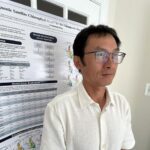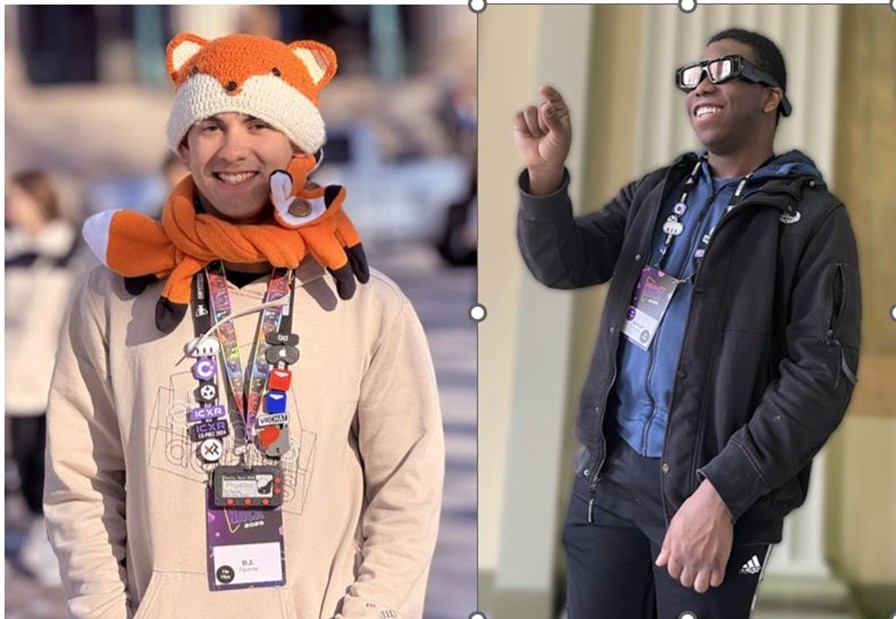
On 23 January 2025, CISESS students Damian Figueroa and Samuel Wiggins–also members of the XR Club at the University of Maryland–traveled to the iconic MIT campus in Cambridge, Massachusetts to take part in MIT Reality Hack, one of the most prominent hackathons in the XR community.
A “hackathon” is a competition where participants, known as “hackers,” join forces to transform mere ideas into working prototypes within a limited period of a few days. Hackers come from a diverse set of backgrounds, including students, designers, programmers, artists, scientists, and more. They then select a “track” to compete in, each with a specific theme and technologies. For instance, Meta hosted tracks that encouraged hackers to leverage the mixed-reality and social capabilities of the Meta Quest 3.
Damian and his team created a glove embedded with thermoelectric modules, allowing users to feel temperature sensations on their hands. They developed an accompanying virtual-reality experience that transports users to a cozy winter setting, where the gloves simulate the chill of the surrounding air and the warmth of a virtual campfire. Damian hopes this technology will continue to advance and gain mainstream adoption in education, including its use in geoscience learning experiences like those he and Samuel have developed within CISESS’s Virtual Proving Ground & Training Center.
Samuel and his team developed “BookwXRms,” using Apple Vision Pro’s high-fidelity mixed-reality features to enhance reading. The app tracks the user’s progress in a book and dynamically adjusts the environment with sounds, visuals, and more. Now, Samuel aims to apply his Vision Pro development skills to bring his geoscience educational modules to the device.
Damian and Samuel are eager to attend more hackathons in the future, where they will continue advancing their skills to create even more incredible immersive experiences for CISESS and beyond.

